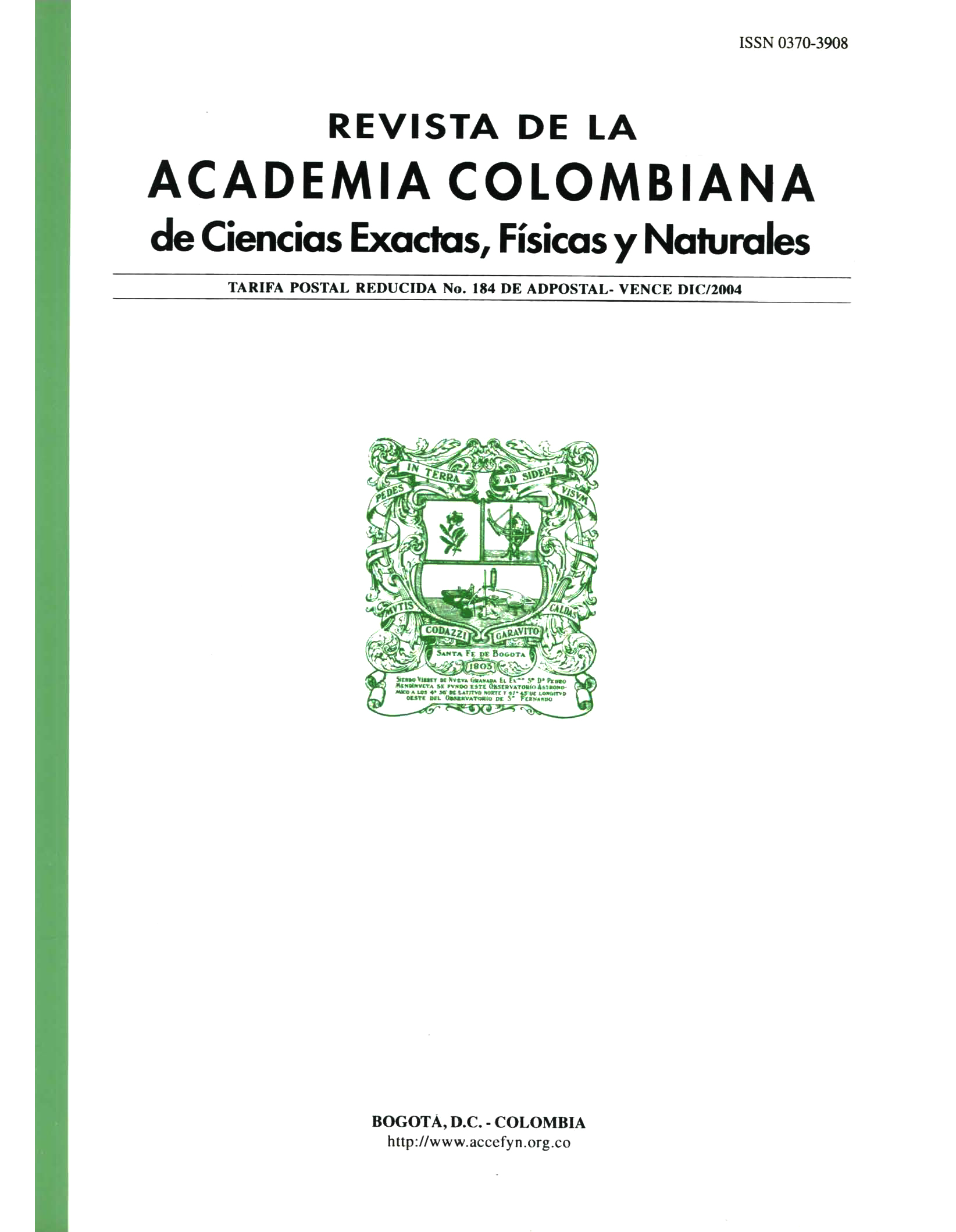Resumen
Es efectivamente posible y necesario el diálogo entre las ciencias físicas, exactas y naturales y las ciencias sociales y humanas. El lugar en el que este diálogo es efectivamente fructífero es en el espacio constituido por las nuevas ciencias de la complejidad. Pero, con el estudio de los sistemas complejos, el propio estatuto tradicional de las ciencias cambia drásticamente.
Referencias
Axelrod, R., & Cohen M. 1999. Harnessing Complexity. Organizational Implications of a Scientific Frontier, The Free Press, New York, 184 p.
Bak, P. 1996. How Nature Works. The Science of Self-Organized Criticality, Springer-Verlag, New York, 212 p.
Bar-Yam, Y. 1997. Dynamics of Complex Systems, Addison-Wesley, Reading, MA., 848 p.
Bonabeau, E., Dorigo, M., Theraulaz, G. 1999. Swarm Intelligence. From Natural to Artificial Systems. (A Volume in the Santa Fe Studies in the Sciences of Complexity), Oxford University Press, New York/Oxford, 307 p.
Cowan, G., Pines, D., Meltzer, D. (eds.) 1994. Complexity. Metaphors, Modelsm and Reality, Perseus Books, Cambridge, MA, 731 p.
González Casanova, P. 2004. Las Nuevas Ciencias y las Humanidades. De la Academia a la Política, Anthropos/ISS-UNAM, Barcelona, 478 p.
Holland, J. 1995. Hidden Order. How Adaptation Builds Complexity, Perseus Books, Reading, MA, 185 p.
Holland, J. 1998. Emergence. From Chaos yo Order, Addison-Wesley, Reading, MA, 258 p.
Kauffman, S. 1995. At Home in the Universe. The Search for the Laws of Self-Organization and Complexity, Oxford University Press, Oxford/New York, 321 p.
Kennedy, J., Eberhart, R., & Y. Shi 2001. Swarm Intelligence, Morgan Kaufmann Publishers, 512 p.
Kondepudi, D., Prigogine, I., 1998. Modern Thermodynamics. From Heat Engines to Dissipative Structures. John Wiley & Sons, 486 p.
Krugman, P. 1996. La organización espontánea de la economía, Antoni Bosch, Barcelona, 167 p.
Kuhn, Th. 1989. “Conmensurabilidad, comparabilidad y comunicabilidad”, en: ¿Qué son las revoluciones científicas? Y otros Axelrod, R., & Cohen M. 1999. Harnessing Complexity.
Margulis, L. y Sagan. D. 1998. ¿Qué es el sexo?, Tusquets, Barcelona (original en inglés, 1997), 256 p.
Nicholis, G. & Prigogine, I. 1977. Self-Organization in Nonequilibrium Systems, Wiley-Interscience, New York.
Nicholis, G. 1987. La estructura de lo complejo. En el camino haciauna nueva comprensión de las ciencias, Alianza, Madrid (traducción del alemán, 1987), 390 p.
Prigogine, I. 1962a. Introduction to Nonequilibrium Thermodynamics, Wiley.Interscience, New York. . 1962b. Nonequilibrium Statistical Mechanics, Wiley, New York, 319 p.
Prigogine, I. 1977. Nobel Lecture in Chemistry. Time, Structure and Fluctuations, s.l.
Prigogine, I. 1980. From Being to Becoming. Time and Complexity in the Physical Sciences, W. H. Freeman and Co., San Francisco, 272 p.
Prigogine, I. 1993. ¿Tan sólo una ilusión? Una exploración del caos al orden, Tusquets, Barcelona (textos originales en inglés, 1972-1982), 332 p.
Prigogine, I. 1993. El nacimiento del tiempo, Tusquets, Barcelona (original en italiano, 1988), 98 p.
Prigogine, I. 1996a. El fin de las certidumbres, Editorial Andrés Bello, Santiago de Chile (original en francés, 1996), 222 p.
Prigogine, I. 1996b. El tiempo y el devenir. Coloquio de Cerisy, Gedisa, Barcelona (original en francés, 1988), 358 p.
Prigogine, I. 1999. Las leyes del caos, Crítica, Barcelona (original en francés, 1993), 155 p.
Prigogine, I. & Stengers, I. 1990. La nueva alianza. Metamorfosis de la ciencia, Alianza, Madrid (segunda edición; original en francés, 1979; segunda edición en francés, 1986), 359 p.
Waldrop, M. 1992. Complexity. The Emerging Science at the Edge of Chaos, Simon & Schuster, New York, 380 p.
Wilson, E. 1998. Conscilience. The Unity of Knowledge, Alfred A. Knopf, New York, 332 p.

Esta obra está bajo una licencia internacional Creative Commons Atribución-NoComercial-SinDerivadas 4.0.
Derechos de autor 2023 Revista de la Academia Colombiana de Ciencias Exactas, Físicas y Naturales

